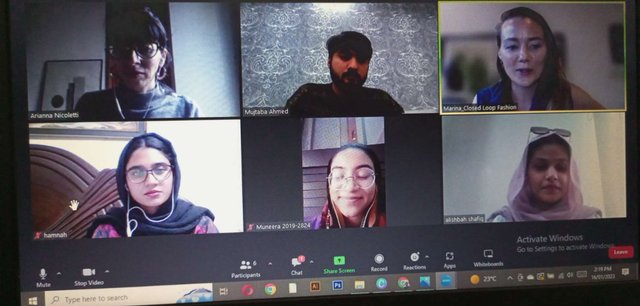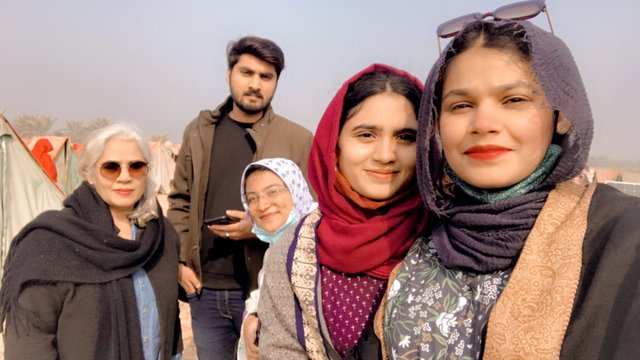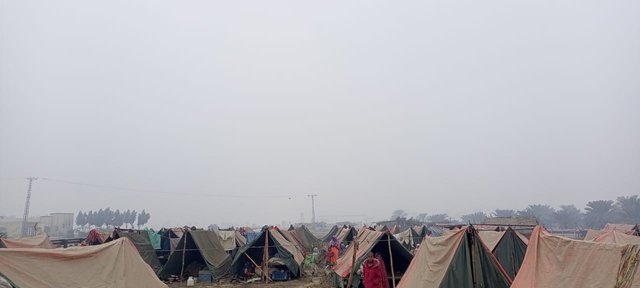Redefining Humanitarian Aid through Sustainable Design - Part 01
Greetings Everyone!
As a textile designer, I have had the privilege of working on numerous diverse projects. Today, I'm excited to share one of these memorable projects with all of you. This project has so many stories to tell, so I’ll make it a series. Here is part one of the series.
This was my final year project, in which we collaborated with Closed Loop Fashion from Germany, UNICEF and Nizam Industry. Four students from our university's textile design department were given the task of creating multifunctional products for refugees. The main challenge was to make these products from blanket waste provided by Nizam Industry. Our goal was to address two significant issues: sustainability and refugee shelter, and to develop effective solutions for both.
We had our first virtual meeting with the Closed Loop Fashion team—Marina, Ariana, and Jenny—via Zoom. They briefly explained the project's agenda and described how the project would proceed, outlining all the processes involved. During the meeting, we concluded that before creating products for refugees, we should interview them and observe their living conditions to better meet their needs.

Unfortunately, at that time, Pakistan was hit by a devastating flood that left many people homeless, with everything, including their homes, damaged. We decided to take this opportunity to visit and interview the flood victims for our project. For this purpose, we traveled to Sukkur, Pakistan, where camps for flood victims were set up. Since it was difficult for us students to travel alone, we arranged for a small protocol and a translator to accompany us. This was necessary because many of the people spoke Sindhi, their cultural language, which we might not have understood.

As soon as we arrived, we were heartbroken by the living conditions we saw. Entire families had taken shelter in those camps, including children and newborns without proper clothes or shelter. We visited in winter, bundled in sweaters and shawls, while they lacked even a single layer of adequate clothing. Some children didn't even have shoes. It was a deeply moving experience that opened my eyes to their struggle for basic necessities.

.jpeg)
.jpeg)
We also interviewed these flood victims and, after listening to their stories, we felt incredibly motivated to help them as much as we could through this project. It was heartbreaking to see how they were struggling for basic necessities.
This visit made me realize how often we forget to thank Allah for all the blessings we have, and instead, we find ourselves complaining. It made me appreciate how blessed we are to have family, safe homes, clean water and food, and clean clothes to wear. This experience was truly eye-opening and humbling for me.
Let's conclude the first part of this series here. In the next part, I'll share how we created the designs and the entire process of making the product. I look forward to sharing more details about this impactful project with you.
Regads,
@hamnahghauri
Great
Thank you
As someone who has seen you work on this project, I am witness to its worth. I was pleasantly surprised by the idea and concept of your work.
Proud of you and keep itup!
Thank you for always supporting me.